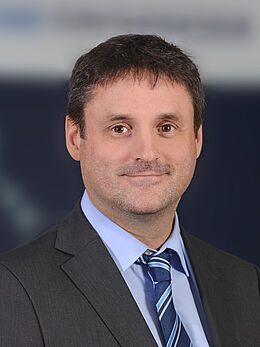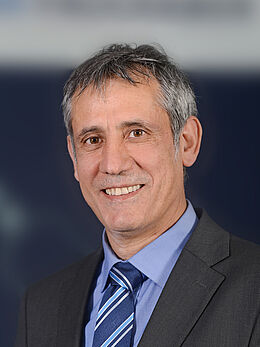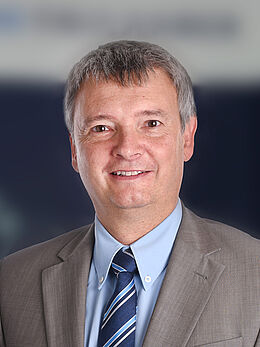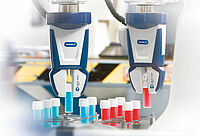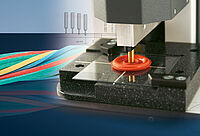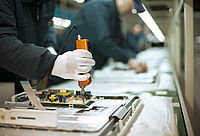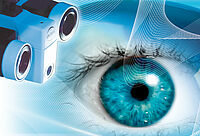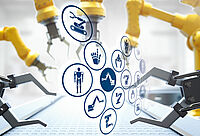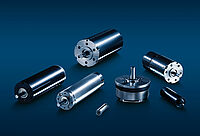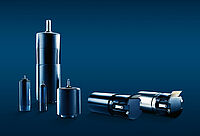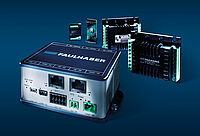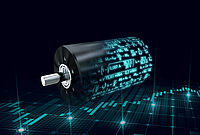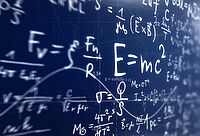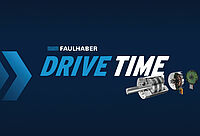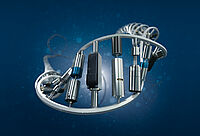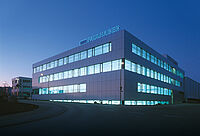-
Certain operating limitations apply. Please contact MICROMO to discuss your requirements if
 symbol is shown.
symbol is shown. -
For brush and brushless motors, performance is based on user inputs and estimated operating . . . Read MoreFor brush and brushless motors, performance is based on user inputs and estimated operating temperature. For stepper motors, speed at required torque is maximum speed (step rate) at required torque and current at required torque is sum of nominal current per phase for two energized phases. Stepper motor performance data assumes current mode operation and conditions specified on product data sheet. User should avoid operation at resonant frequencies where step rate coincides with motor's natural frequency and harmonics. Operation at resonant frequencies reduces torque capability and motor may lose synchronization and/or stall. Micro stepping, frictional loads, inertial loads, addition of a gearhead and instantaneous/rapid acceleration to higher speeds will greatly improve stepper motor performance when operating through resonant frequencies.\". For piezo motors, speed at required torque is maximum speed (step rate) without load. Please contact MICROMO for estimated speed and current at required torque for this motor type. For all motor types, rated current (RMS) and nominal phase current shown on product data sheets must be observed to avoid overheating and ensure proper operation. These values must also be observed when establishing current limits and sizing DC power sources and motor drive electronics. Motors operating below 5 VDC require external 5 VDC power source when equipped with encoders and/or hall sensors. Show Less
-
For brush and brushless motors, rated torque and max. continuous torque are based on user input and . . . Read MoreFor brush and brushless motors, rated torque and max. continuous torque are based on user input and FAULHABER proprietary four parameter thermal model. For stepper motors, rated torque and max. continuous torque are 71% and 100%, respectively, of reflected maximum continuous torque curve (red line) shown on product data sheet. For piezo motors, rated torque and max. continuous torque are 50% and 100%, respectively, of stall torque shown on product data sheet. Show Less
-
Piezo motors operate in a unique micro stepping mode to achieve nanometer precision positioning at . . . Read MorePiezo motors operate in a unique micro stepping mode to achieve nanometer precision positioning at very slow speed. Performance is highly dependent on drive waveforms and control system design and for this reason we recommend you contact MICROMO to discuss your requirements prior to order. Show Less
-
Please contact MICROMO if your application is safety critical, flight critical or requires operation . . . Read MorePlease contact MICROMO if your application is safety critical, flight critical or requires operation beyond ratings and specifications shown on product data sheets. Show Less
-
MICROMO recommends validation testing of all motor types to ensure performance, life and operating . . . Read MoreMICROMO recommends validation testing of all motor types to ensure performance, life and operating characteristics meet all customer requirements. Validation testing should be performed over full range of expected operating conditions with motor installed in customer's end product or device. Show Less
-
All data and specifications contained on web site and product data sheets are based on 22 degree C . . . Read MoreAll data and specifications contained on web site and product data sheets are based on 22 degree C ambient temperature, supplied for reference only and subject to change without notice. Show Less
- Lead times can vary. For time critical orders, please contact our sales team to verify lead time.
-
Certain operating limitations apply. Please contact MICROMO to discuss your requirements if
 symbol is shown.
symbol is shown. -
For brush and brushless motors, performance is based on user inputs and estimated operating . . . Read MoreFor brush and brushless motors, performance is based on user inputs and estimated operating temperature. For stepper motors, velocity at required force is maximum velocity (step rate) at required force and current at required force is sum of nominal current per phase for two energized phases. Stepper motor performance data assumes current mode operation and conditions specified on product data sheet. User should avoid operation at resonant frequencies where step rate coincides with motor's natural frequency and harmonics. Operation at resonant frequencies reduces torque and force capability and motor may lose synchronization and/or stall. Micro stepping, frictional loads, inertial loads, addition of a gearhead and instantaneous/rapid acceleration to higher velocities will greatly improve stepper motor performance when operating through resonant frequencies.\". For linear piezo motors, velocity at required force is maximum velocity (step rate) without load. For linear brushless motors, velocity at required force is maximum no-load velocity of triangular velocity profile executed over maximum stroke length using a FAULHABER motion controller. Please contact MICROMO for estimated velocity and current at required force for linear piezo motors and linear brushless motors. For all motor types, rated current (RMS) and nominal phase current shown on product data sheets must be observed to avoid overheating and ensure proper operation. These values must also be observed when establishing current limits and sizing DC power sources and motor drive electronics. Motors operating below 5 VDC require external 5 VDC power source when equipped with encoders and/or hall sensors Show Less
-
For brush and brushless motors, rated force and max. continuous force are based on user input and . . . Read MoreFor brush and brushless motors, rated force and max. continuous force are based on user input and FAULHABER proprietary four parameter thermal model. For stepper motors, rated force and max. continuous force are 71% and 100%, respectively, of reflected maximum continuous torque curve (red line) shown on product data sheet. For linear piezo motors, rated force and max. continuous force are 50% and 100%, respectively, of stall force shown on product data sheet. For linear brushless motors, rated force and max. continuous force are continuous force and peak force, respectively, as shown on product data sheet. Show Less
-
Piezo motors operate in a unique micro stepping mode to achieve nanometer precision positioning at . . . Read MorePiezo motors operate in a unique micro stepping mode to achieve nanometer precision positioning at very slow velocity. Performance is highly dependent on drive waveforms and control system design and for this reason we recommend you contact MICROMO to discuss your requirements prior to order. Linear brushless motors must be operated under closed loop control at all times using a programmable motion controller. Performance is highly dependent on load inertia, duty cycle, acceleration and control system design. Show Less
- Lead times can vary. For time critical orders, please contact our sales team to verify lead time.










